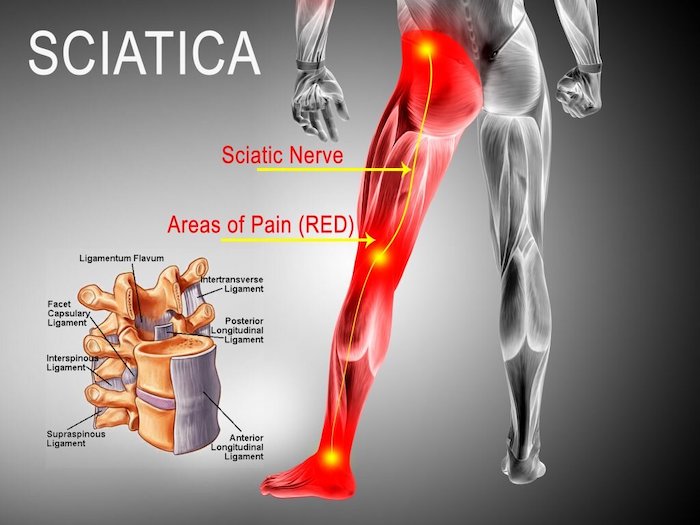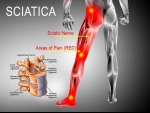
When you have sciatica, travel can be a daunting and painful experience. Whether it is for work or family, long car and plane rides are sometimes unavoidable.
Here are 3 useful pointers to help manage your sciatica when traveling long distances:
1. Pack Smart and Minimize Lifting
Heavy luggage can place a large working load on your lower back, which in turn may provoke sciatica in your back and/or leg. Here are useful tips to pack well and avoid unnecessary lifting:
- Use two medium or small suitcases instead of one large, heavy bag.
- If you’re traveling by flight, use the curbside check-in for minimal luggage handling. This service allows you to drop off your luggage before you enter the airport.
- If you’re taking a road trip and need to load your luggage in the trunk of your car, use ergonomically safe lifting postures to prevent injury and pain in your lower back.
Whenever possible, ask a family member, friend, or airport personnel to help you with lifting your luggage.
2. Stretch your back before you start your journey
It’s a smart idea to stretch your back and thigh muscles before your travel to help relieve pressure off your sciatic nerve roots. Two simple tips include:
- Stretch your hamstrings by placing one foot in front of your body, such as on a seat in the airport, train station, or at home, and gently leaning forward until a stretch is felt in the back of the thigh. Hold for 30 to 60 seconds.
- Perform isometric exercises or contractions in your legs, hips, and trunk keep your core and leg muscles active by leaning your back against a wall and sliding your body down until your knees are bent at about 90°. Hold this position for 30 to 60 seconds.
These stretches can help reduce muscle tension that pulls on your lower back and worsens your sciatica symptoms. If you’re taking a road trip, make sure to take frequent breaks and stretch again to prevent a sciatica flare-up.
3. Use carry-on luggage with 4 wheels during a flight
Maneuvering your carry-on luggage while at the airport may feel like a chore. Opting for 4-wheeled luggage (vs. 2-wheeled ones) can help you in the following ways:
- Easier to steer. Four-wheeled luggage allows you to have more control over your baggage due to the two additional wheels preventing you from repeated turning, twisting, and bending movements in your back and flaring your sciatica.
- Better walking posture. When you use 4-wheeled luggage, you don’t have to strain your back or arm to pull the luggage behind you. You can maintain a supported, tall walking posture and relax your back muscles while using less effort to maneuver your luggage along your side.
- Can fit through the aisle of the plane. If you turn your carry-on 4-wheeled baggage sideways, most designs can fit through the aisle of the plane so you can roll your bag in front of you while you walk and not worry about lifting it or pulling it behind your back.
Be sure to buy good-quality luggage. Poor quality ones can cause the wheels to break off or be less sturdy, causing additional problems.
Important items to keep handy
Keep the following items in your carryon luggage or within your reach:
- Disposable heat and cold packs
- Topical pain-relieving gel, cream, or spray
- OTC or prescription medications for your sciatica pain, if applicable
- A small rolled-up towel to place in the small of your back while you sit
- A lumbar support braces
When you have sciatica and need to travel long distances, implementing these useful pointers can help you have a more pain-free and comfortable journey.
Precision Pain Care and Rehabilitation has two convenient locations in Richmond Hill – Queens and New Hyde Park – Long Island. Call the Richmond Hill office at (718) 215-1888, or (516) 419-4480 for the Long Island office, to arrange an appointment with our Interventional Pain Management Specialist, Dr. Jeffrey Chacko.













